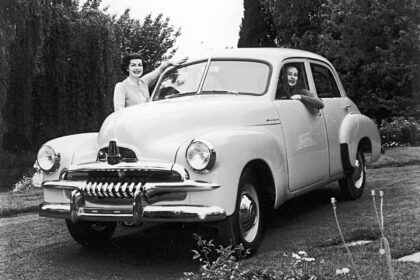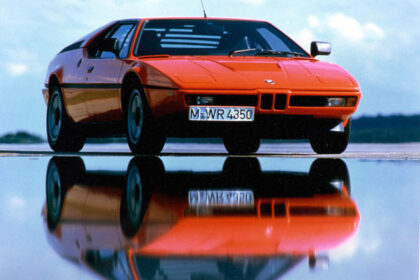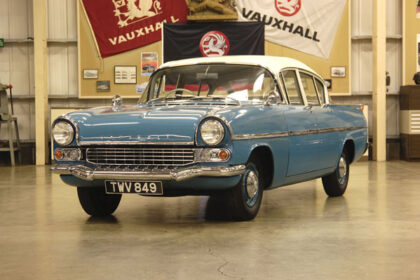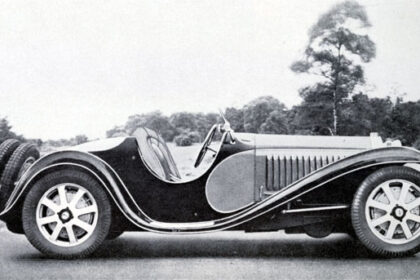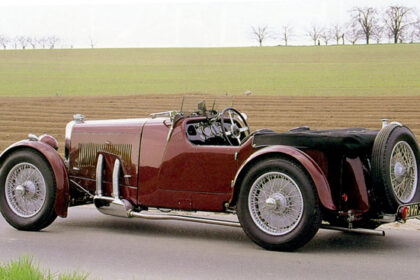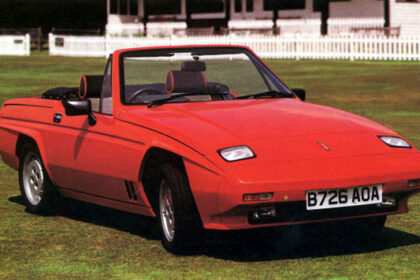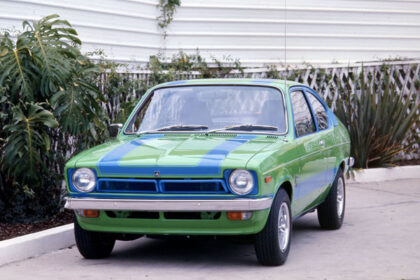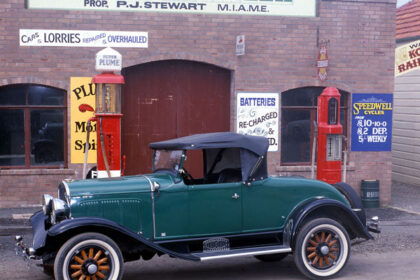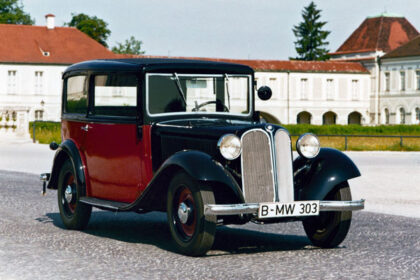ALLARD K2
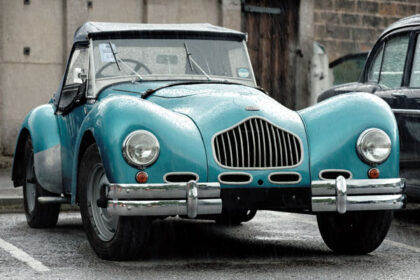
The name Allard came into the motoring history books in 1936 when Sydney Allard, a London Ford motor dealer with a penchant for motor sport, including motor racing, decided to build for himself the Allard Special. Based on a Ford V8 chassis and with other Ford parts to provide the running gear Allard encased the whole thing in a cut down Bugatti body. He, as well as others, was obviously pleased with the results of this unusual combination because he went on to build a further 11 of these cars… Read more




